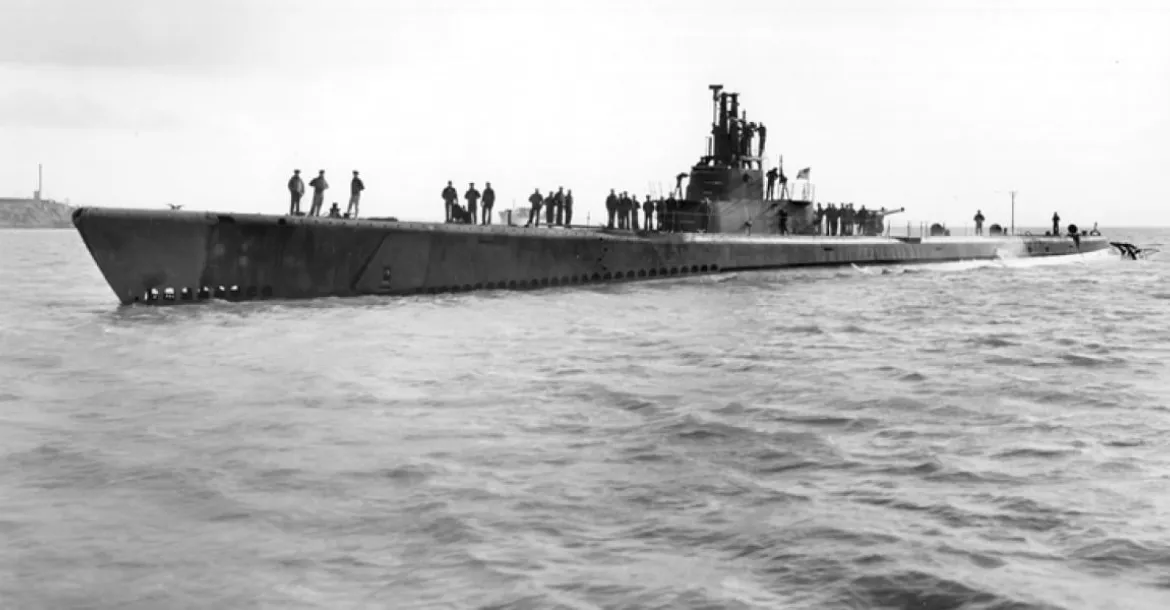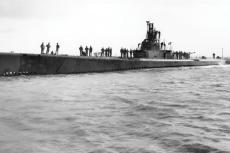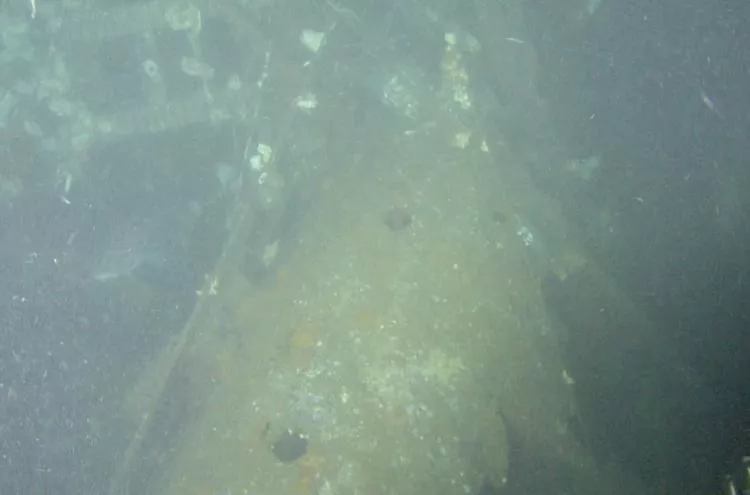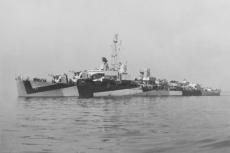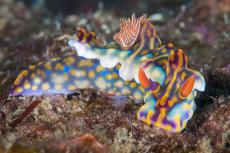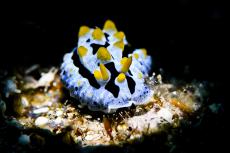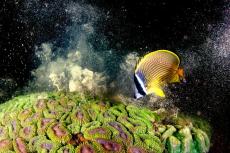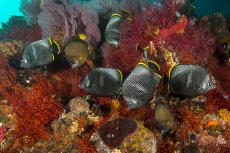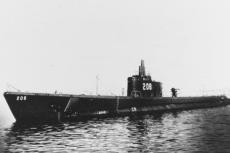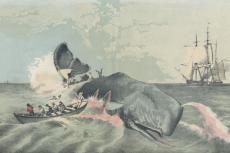Wreck site identified as World War II submarine USS Albacore
The long-lost wreckage of a US Navy submarine, credited with sinking nearly a dozen enemy ships during World War II before vanishing in late 1944, has been found off the coast of northern Japan, according to US Navy officials.
(Photo credit, top image: US Naval Institute Photo Archive)
The US Naval History and Heritage Command (NHHC) confirmed the identity of a wreck site off the coast of Hokkaido, Japan, as USS Albacore (SS 218). The NHHC made the announcement on Thursday, after several months of examining Japanese surveys conducted on the site in 2022.
The missing and presumed-lost sub was discovered off the coast of northern Japan by a team using autonomous underwater vehicles. The submarine disappeared in November 1944, on its 11th war patrol, likely after striking a mine.
Indications of documented modifications made to Albacore prior to its final patrol, such as the presence of an SJ Radar dish and mast, a row of vent holes along the top of the superstructure, and the absence of steel plates along the upper edge of the fairwater, allowed NHHC’s Underwater Archaeology Branch (UAB) to confirm the wreck site finding as Albacore.
Disproportionately significant role
During World War II, the United States first utilized submarine warfare to effectively cripple its enemy. Although they comprised less than a mere two percent of the US Fleet, submarines played a disproportionately significant role in the victory over Japan. At the outbreak of the war, American submarines were ineffective due primarily to lack of experience; however, from 1942, they began to play a major part in the war.
USS Albacore (SS-218) was only in service for just over two years when the vessel disappeared off one of Japan’s northernmost islands. The last time the crew of more than 80 was last heard from was reported to be in late October 1944, during stops at Pearl Harbor and the island of Midway. Just over a week later, a Japanese patrol boat reported seeing a great deal of oil amidst a debris field not far from Hokkaido, Japan.
War grave
While non-intrusive activities such as remote sensing documentation on US Navy sunken military craft are allowed, the wreck represents the final resting place of sailors who gave their lives in defence of the nation and should be respected by all parties as a war grave.

